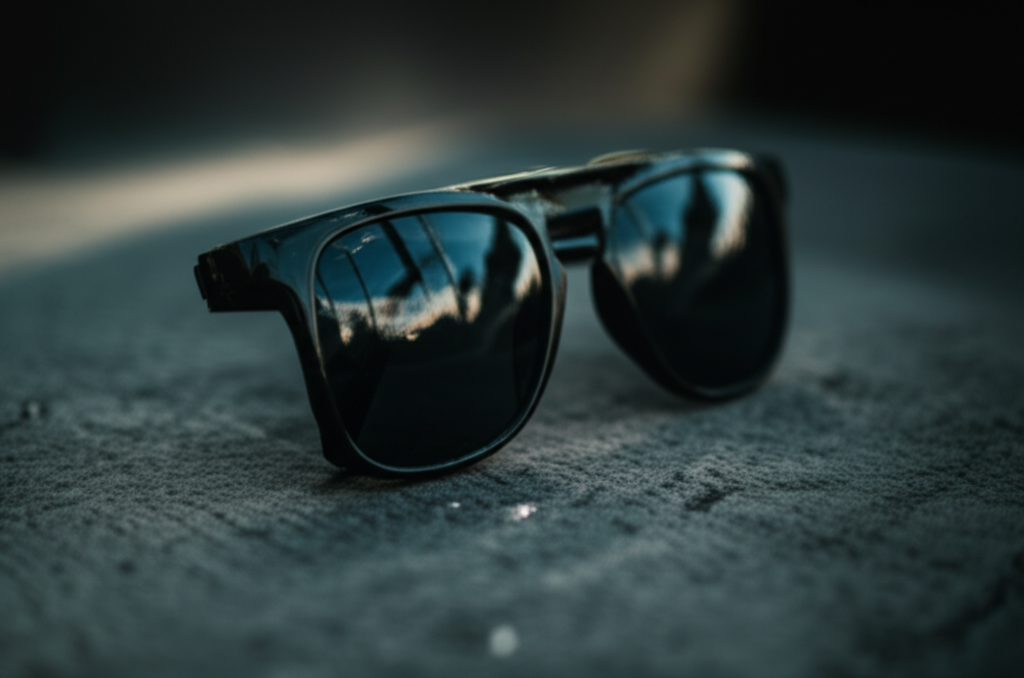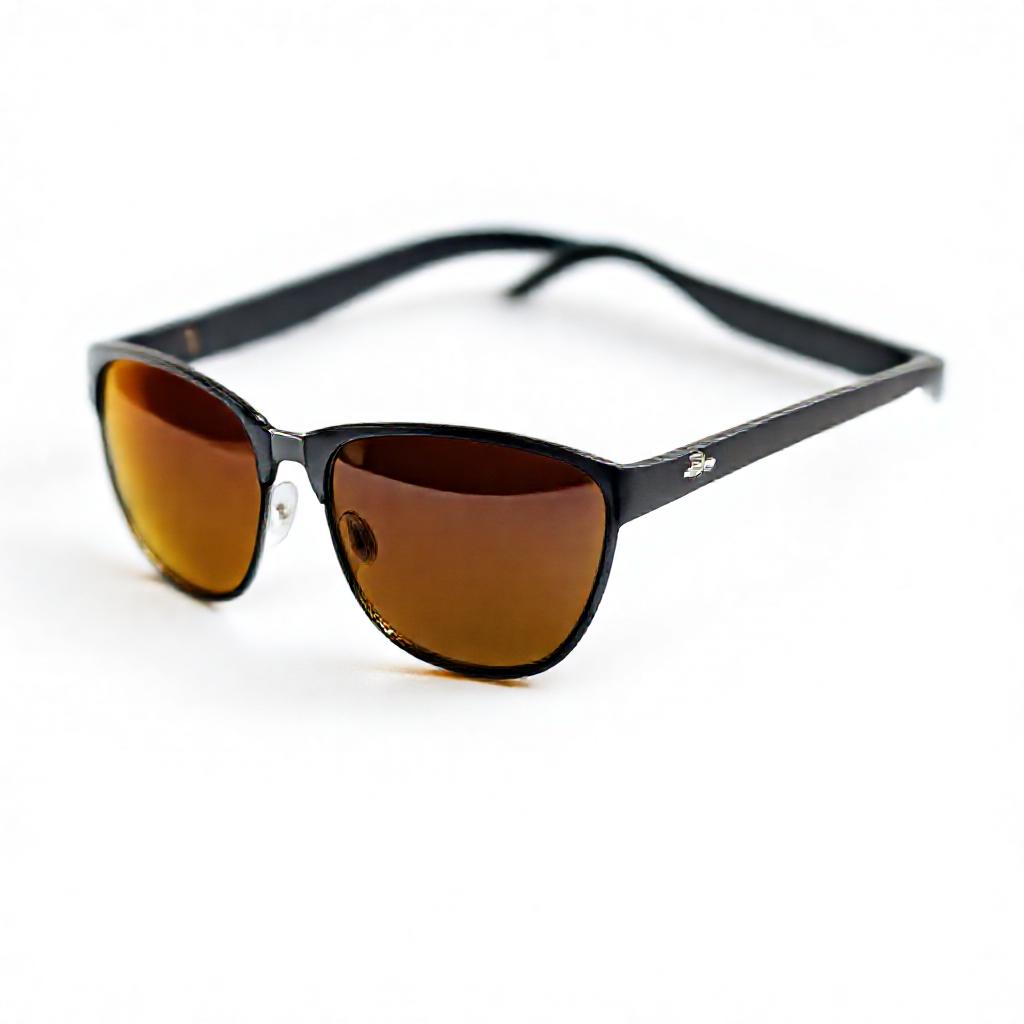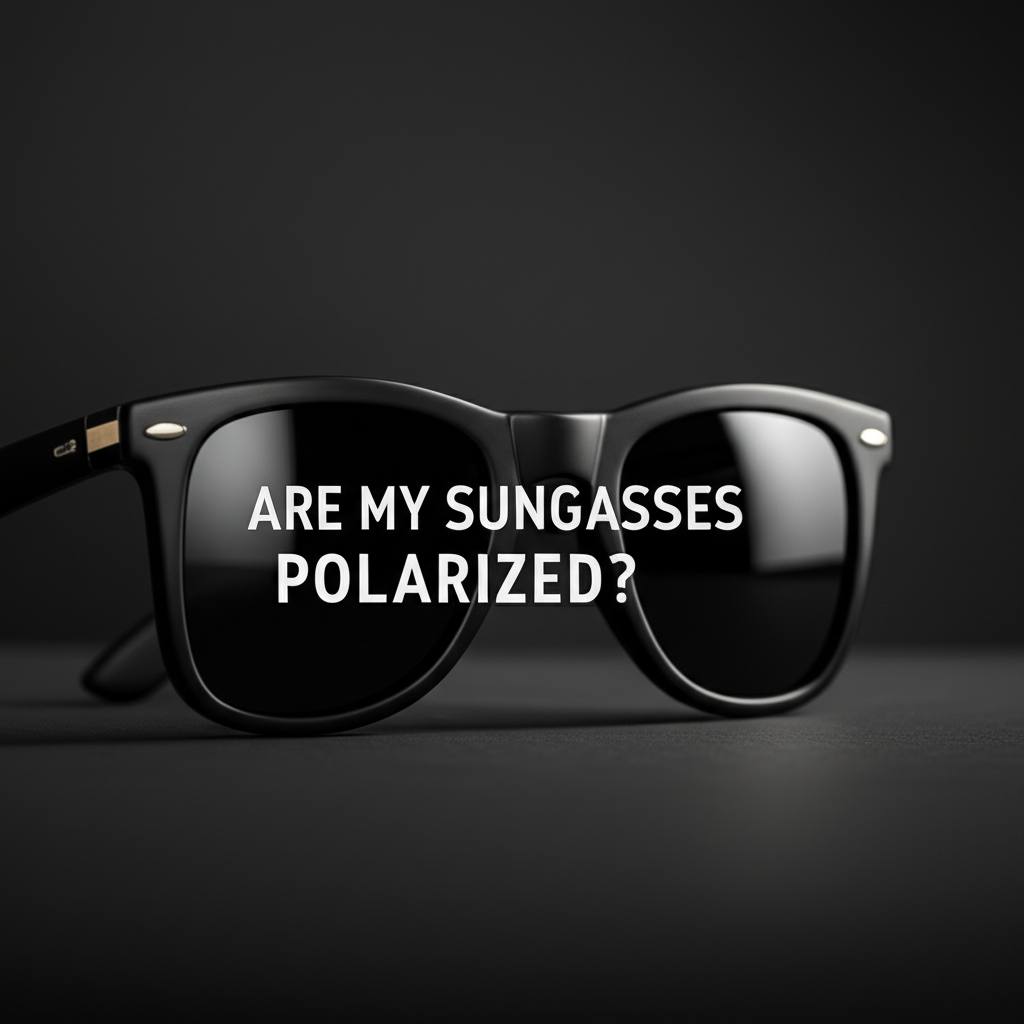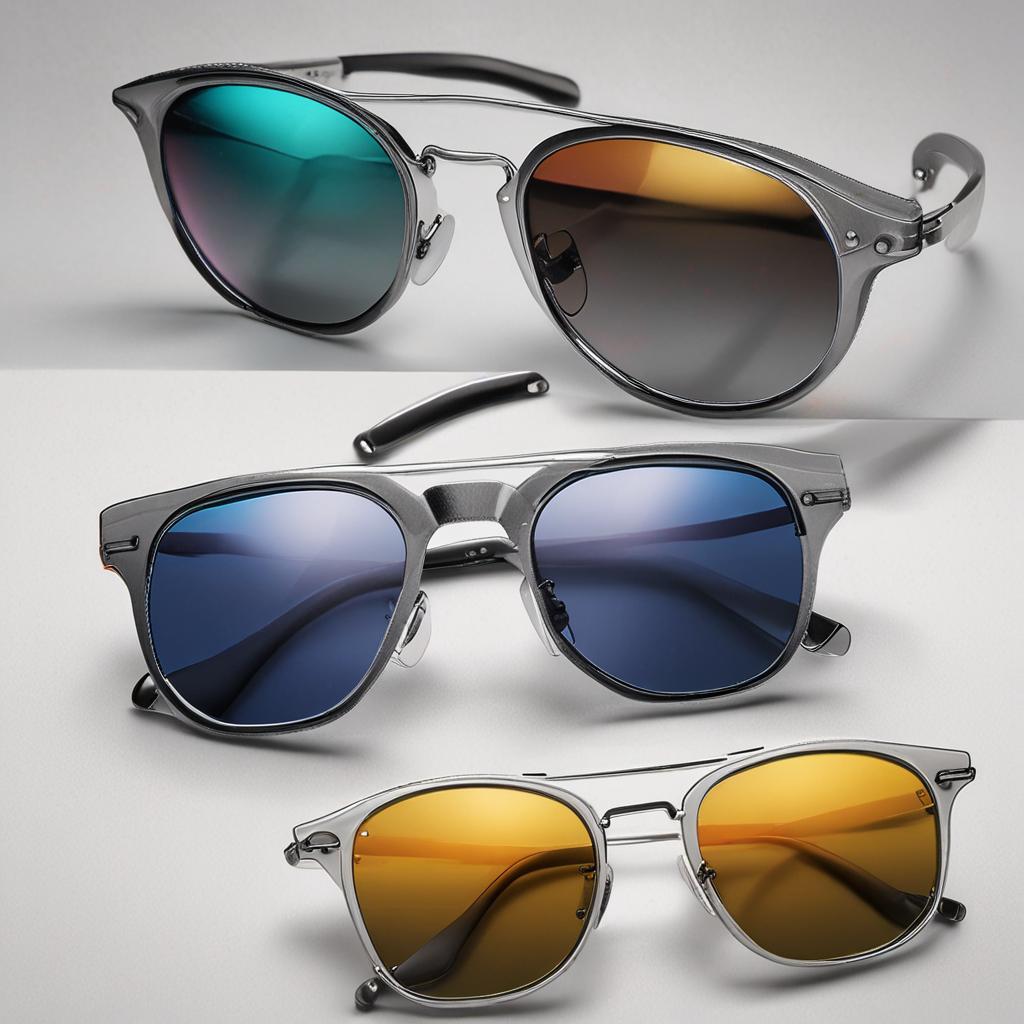Are My Sunglasses Polarized

Understanding the features of your sunglasses goes beyond just style—they’re crucial for protecting your eyes from harmful UV rays and harsh glare. Polarized lenses, in particular, offer a unique solution to common visibility issues caused by reflective surfaces. If you’ve ever wondered whether your sunglasses are polarized, or what the difference truly is, this guide will walk you through everything you need to know. From simple tests to expert advice, we’ll help you determine if your shades provide this advanced protection and why it matters for your daily life.
Step-by-Step Process
Check for Labels
Look for 'polarized' or a polarized symbol on the lenses or packaging.
Use the LCD Test
Hold sunglasses near an LCD screen and tilt; polarized lenses reduce glare.
Try the Second Lens Test
Look through both lenses; polarized lenses darken when crossed.
Observe Glare Reduction
Wear sunglasses near reflective surfaces; polarized lenses minimize glare.
Consult Manufacturer
Check product documentation or contact the brand for confirmation.
Process infographic for Are My Sunglasses Polarized
What Are Polarized Sunglasses?
The Science Behind Polarization
Polarized sunglasses are designed to filter out intense reflected light, such as that from water, roads, or shiny surfaces. This is achieved through a special chemical film embedded in the lenses that blocks horizontal light waves while allowing vertical waves to pass through. The result is reduced glare and clearer vision. Non-polarized lenses, on the other hand, simply darken light uniformly but do not target specific angles of reflection, making them less effective in glare-heavy environments.
Benefits of Polarized Sunglasses
The advantages of polarized lenses extend beyond comfort—they enhance visual safety. By minimizing glare, these lenses reduce eye strain, making them ideal for prolonged outdoor use. They also improve clarity and contrast, which is especially useful for activities like driving, where reflections from the road can be distracting, or fishing, where they help you see beneath the water’s surface. Whether you’re skiing under bright sun or spending a day at the beach, polarized sunglasses can transform your visual experience.
How to Tell if Your Sunglasses Are Polarized
The Simple Test: Checking for Polarization
A quick way to test polarization is the glare test. Stand near a reflective surface like a puddle, water, or a shiny road and look through your sunglasses. If the lenses are polarized, the glare from the surface should appear significantly reduced when you tilt the glasses at a 90-degree angle. Another method is the LCD screen test. Place your sunglasses over a digital screen (like a phone or computer) and rotate them. If the screen’s brightness dims at certain angles, your lenses are likely polarized.
Reading the Label or Packaging
Manufacturers often indicate polarization with clear labels. Check the product packaging, lens surface, or the inside of the sunglass frame for terms like “polarized,” “P,” or “polarized lenses.” If you purchased them online, revisit the product description for explicit mentions of polarization. Be cautious of vague terms like “glare reduction,” which may refer to non-polarized tinting.
Consulting a Professional
If you’re unsure, a visit to an optician or optical retailer can provide certainty. Professionals have tools to test polarization accurately and can advise on the quality of the lenses. This is especially helpful if the sunglasses were secondhand or obtained without packaging.
Why Polarization Matters
Improved Eye Health and Comfort
Polarized lenses act as a shield against harsh glare, preventing squinting and reducing eye fatigue. Over time, this protection can lower the risk of long-term damage from excessive exposure to bright light. Whether you’re navigating a snowy mountain or driving under the summer sun, polarized sunglasses offer a layer of defense for your eyes.
Enhanced Visual Experience
Beyond comfort, polarization sharpens your vision by enhancing contrast and minimizing reflections. For instance, they make it easier to read road signs while driving or spot fish beneath the water’s surface. Colors appear more vibrant, and details are more visible, especially in environments with high light exposure.
Common Misconceptions About Polarized Sunglasses
Polarized vs. UV Protection
Polarization and UV protection are often confused. While polarized lenses reduce glare, UV protection blocks harmful ultraviolet rays. Many modern sunglasses combine both features, but it’s essential to verify UV400 or 100% UV protection on the label, as polarization alone doesn’t safeguard against UV damage.
Polarized Lenses and Screen Visibility
A common myth is that polarized sunglasses make digital screens unreadable. This can occur with some LCD screens, particularly on ATMs or car displays, due to the interaction of polarized filters with the screen’s light orientation. However, this issue is usually minor and can be avoided by adjusting the angle of the glasses. Most users find the trade-off for reduced glare well worth it.
Choosing the Right Polarized Sunglasses
Factors to Consider
When shopping for polarized sunglasses, consider lens material—polycarbonate or glass—which affects durability and clarity. Lens color influences light absorption; gray lenses offer true color perception, while brown or green may enhance contrast. Ensure the glasses fit comfortably and provide full coverage. Lastly, confirm they have UV protection to maximize eye safety.
Top Brands and Options
Reputable brands like Ray-Ban, Maui Jim, and Oakley are known for high-quality polarized lenses. For budget-friendly options, look into brands like Wiley X or Costa Del Mar, which offer affordable yet effective styles. Premium brands often use advanced coatings for scratch resistance and clarity, while budget models prioritize essential features without compromising on polarization.
Conclusion
Polarized sunglasses are more than a fashion statement; they’re a functional tool for improving vision and protecting your eyes. By performing a quick test or checking for clear labeling, you can determine if your current shades offer this benefit. If not, investing in polarized lenses could significantly enhance your comfort during outdoor activities. Remember, polarization should always be paired with UV protection for complete eye safety.
Check your sunglasses today and experience the difference!
FAQ Section
1. How do polarized lenses reduce glare?
Polarized lenses contain a chemical film that blocks horizontal light waves, which are responsible for most glare. This allows vertical light waves to pass through, reducing reflections from surfaces like water, roads, and metal.

2. Can polarized sunglasses protect against UV rays?
No, polarization and UV protection are distinct. Polarized lenses reduce glare, but UV protection (marked as UV400 or 100% UV) is necessary to block harmful ultraviolet radiation. Always verify both features on the label.
3. Are polarized sunglasses worth the investment?
Yes, if you frequently engage in activities affected by glare, such as driving or boating. They improve visibility, reduce eye strain, and enhance comfort, making them a valuable choice for outdoor enthusiasts.

4. Do polarized lenses work for night driving?
No, polarized lenses are not recommended for night driving. They can reduce visibility of reflective surfaces like traffic signs and car headlights, increasing the risk of accidents in low-light conditions.

5. Can I add polarization to my existing sunglasses?
Polarization is built into the lens manufacturing process, so retrofitting existing sunglasses is not feasible. You’ll need to purchase new glasses with polarized lenses for this feature.
